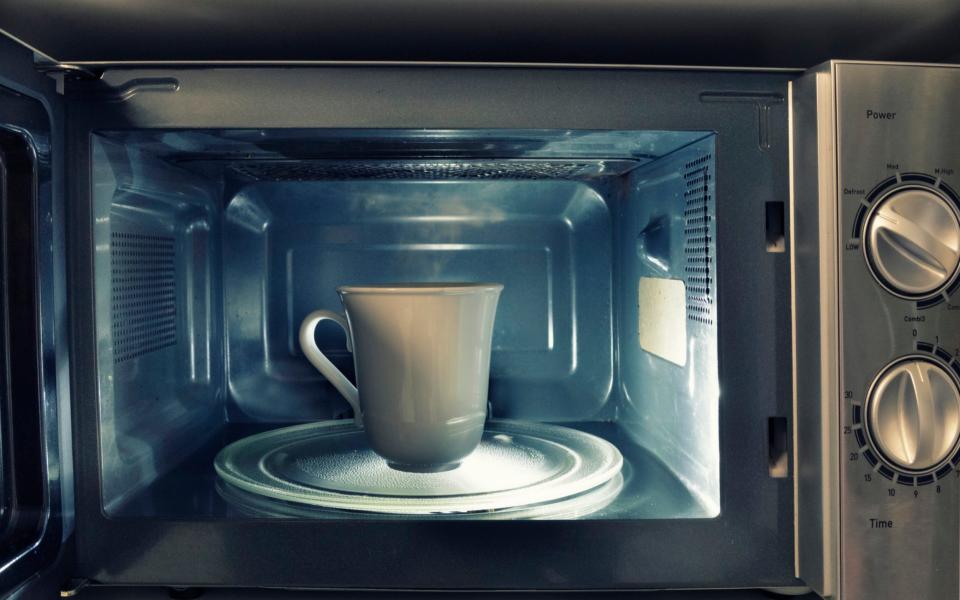Boiled is better, scientists say, confirming tea drinkers shouldn't microwave their brew

A video of an American woman microwaving her tea left Britons aghast in horror recently after it went viral - “This is an act of war,” one person said.
But the sacred act of tea making has now been validated by science, after researchers confirmed the long held belief that boiled water does in fact make a better brew.
The team of researchers from the University of Electronic Science & Technology of China (UESTC) studied the way water boils in a microwave versus heating from a source - such as a kettle or a stove.
The research, published in the journal AIP Advances, found that when boiled in a microwave, water does not heat up evenly, which is likely to lead to a substandard, lukewarm cuppa.
But when heated in a kettle or over a stove a process known as convection occurs which uniformly heats the water.
During the convection process the water heats from the bottom and rises to top as it becomes less dense, this allows the cooler water near the top to drop to the bottom and become equally heated.

But in a microwave, the electric field which heats the liquid penetrates it all over - including heating the mug itself.
As the water does not heat from the bottom, the convection process does not occur and the liquid ends up becoming much hotter at the top than the bottom.
When the researchers measured the temperature of the microwave heated water they found “local hot spots” in the water due to the uneven distribution of the electric field.
However, the researchers discovered a way to manipulate the microwave’s heating process by placing a thin silver rim around the top of the glass.
The silver reduced the impact of the microwave’s electric field at the top, effectively blocking the heat.
By shielding the effects of the microwave on the surface of the water, the silver acted as a guide for the waves to recreate a process similar to convection, resulting in a more uniform temperature.
Placing silverware inside a microwave may seem inadvisable, but the researchers say similar metals - like those used for steam pots or rice cookers - have already been safely used.

They added that by placing the cup in the centre of the microwave, the distance between it and the cavity wall is far, meaning the “possibility of ignition” is small.
"After carefully designing the metal structure at the appropriate size, the metal edge, which is prone to ignition, is located at weak field strength, where it can completely avoid ignition, so it is still safe," said Professor Baoqing Zeng, one of the authors on the paper and professor of electronic science and engineering at UESTC.
Solids do not undergo convection like liquids when being microwaved, so achieving uniformity in foods can also be a challenge, the researchers said.
“There is no simple way to design a bowl or plate in order to achieve a much better heating result," Prof Zeng said.
Instead, the team is now focusing on ways to manufacture an accessory to enable uniform heating of liquids, meaning microwave tea shaming may soon become a thing of the past.


